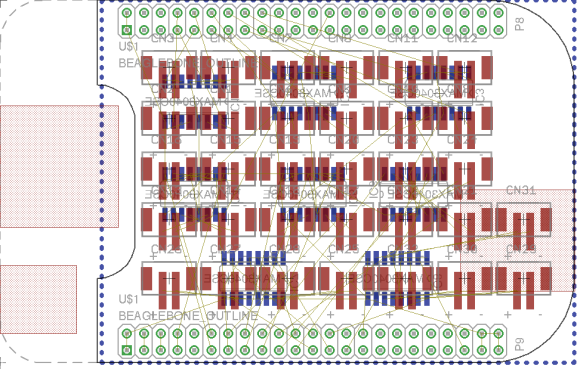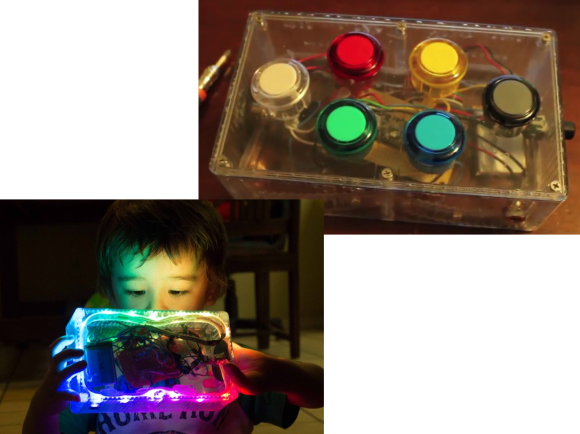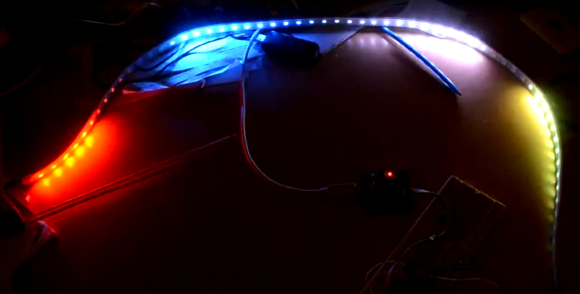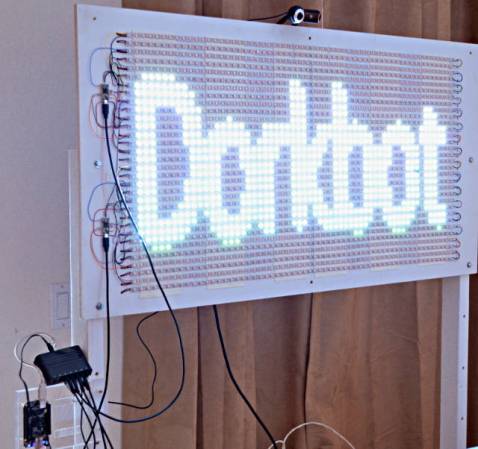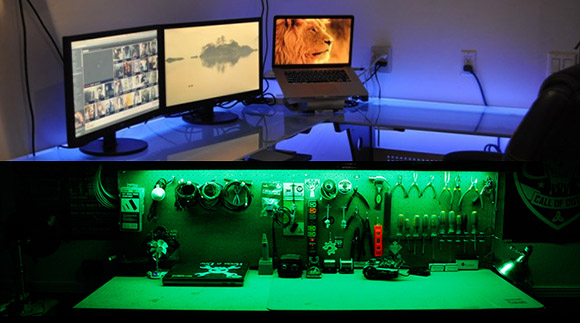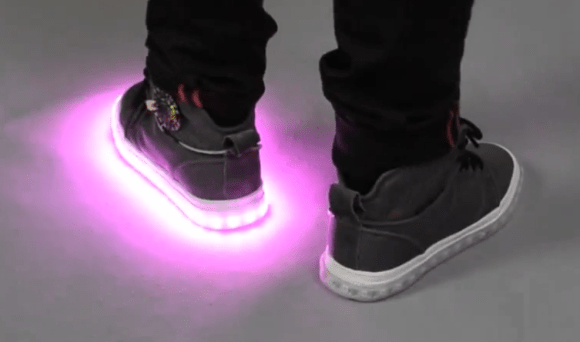
We’re hoping that whomever came up with the idea of integrating LEDs into children’s shoes is kicking back on a beach somewhere living off the residuals of the idea. We see those things everywhere. Now the real question is, if you grew up with LEDs in your shoes do you expect cooler light up kicks as you age? [Becky Stern] must think so and that’s why she’s showing off Adafruit’s addressable LED strip shoe project called Firewalker.
This is prototype rather than product, so you can see the Arduino compatible Flora board on the ankle of the lit shoe above. There’s also a battery pack hitching a ride on the laces. But those worried about that fashion faux pas can work on a more finished driver that straps to your calf, or can be integrated in the insole.
Lighting patterns are set off by Velostat, a pressure-sensitive conductive sheet that goes in the heel of the insole. The Flora board measures the resistance, triggering a light show (embedded below) when it drops. Now we just need someone to integrate a power generator based on your movement.
Continue reading “As Millenials Grow Up Do They Demand Cooler LED Sneakers?”

